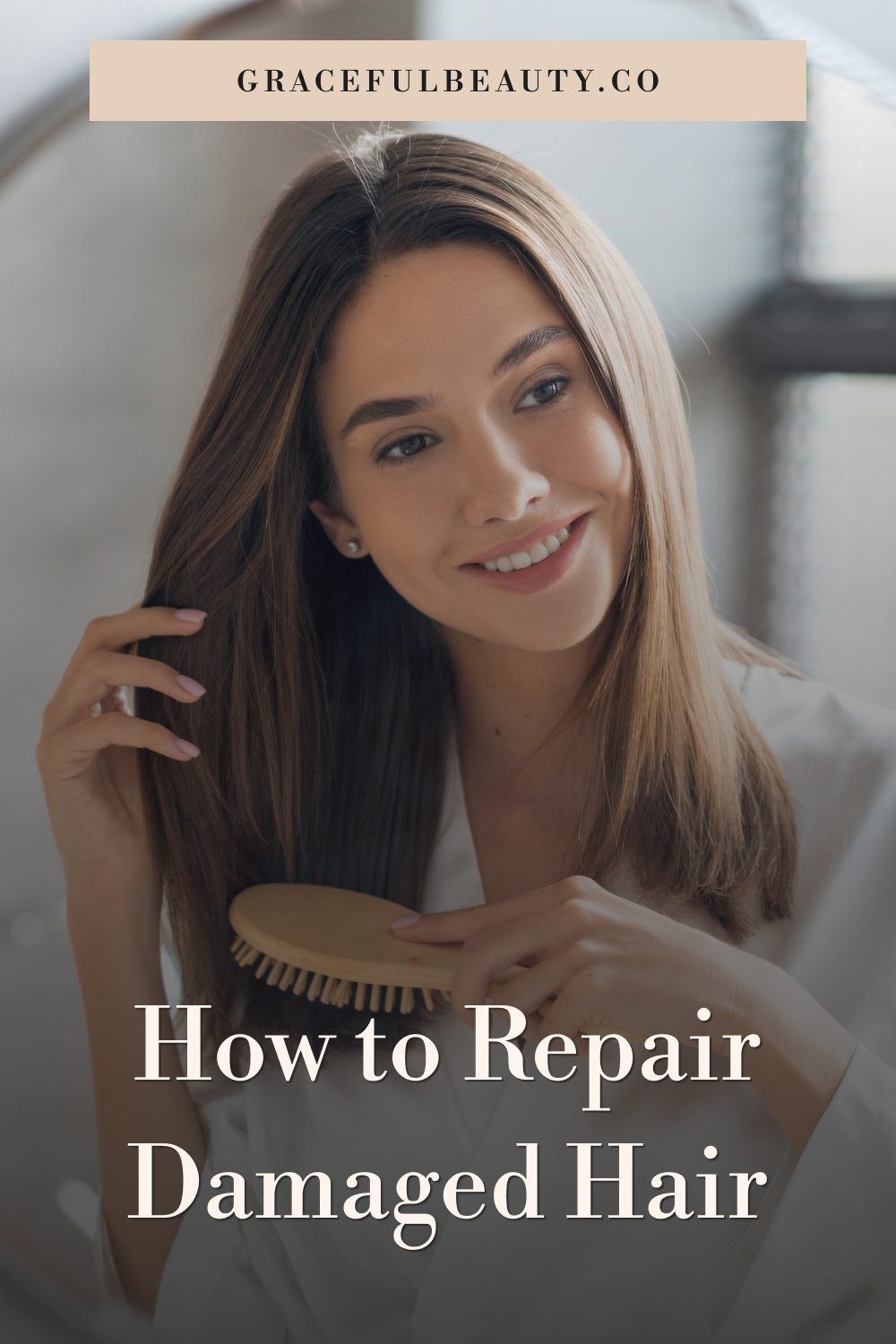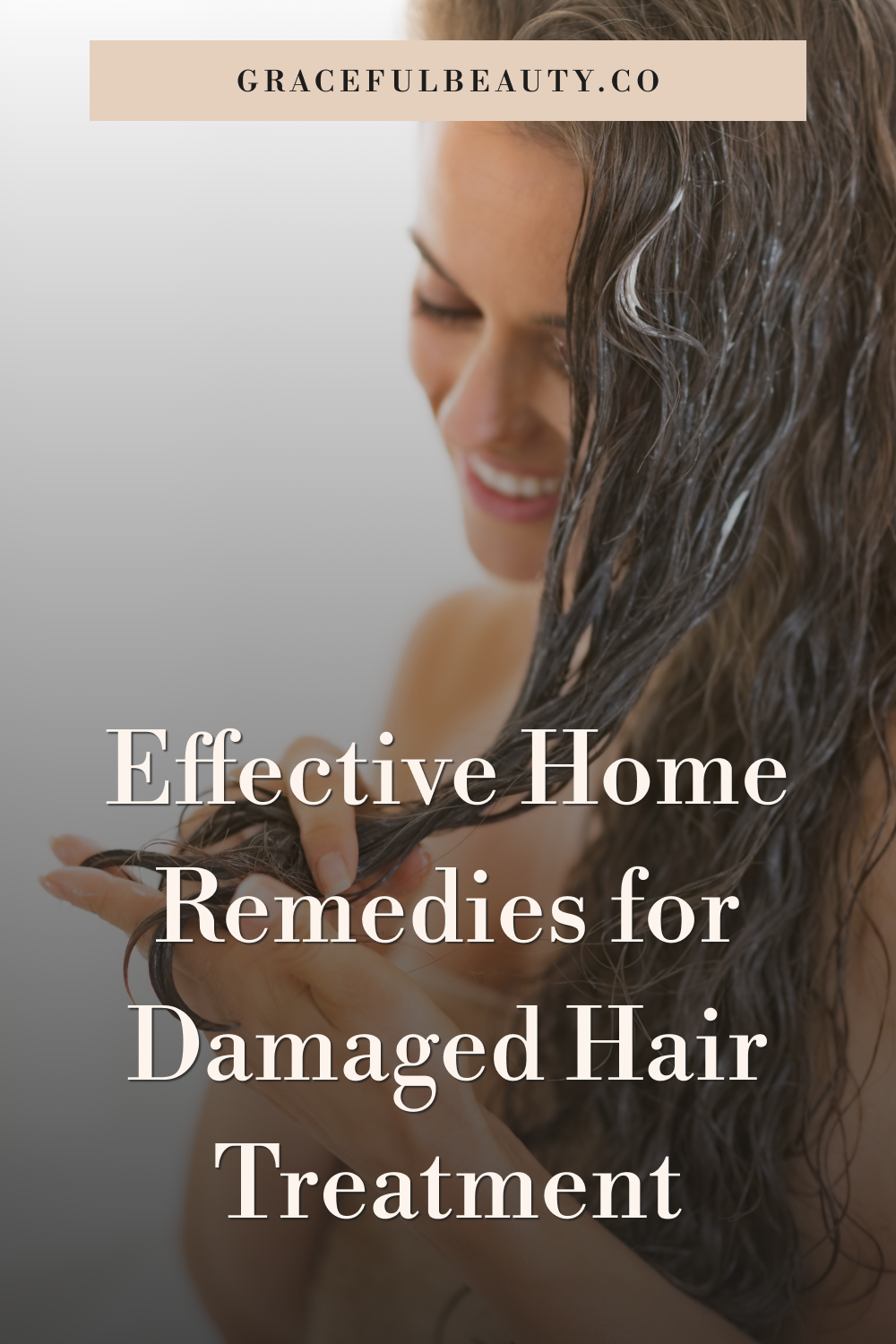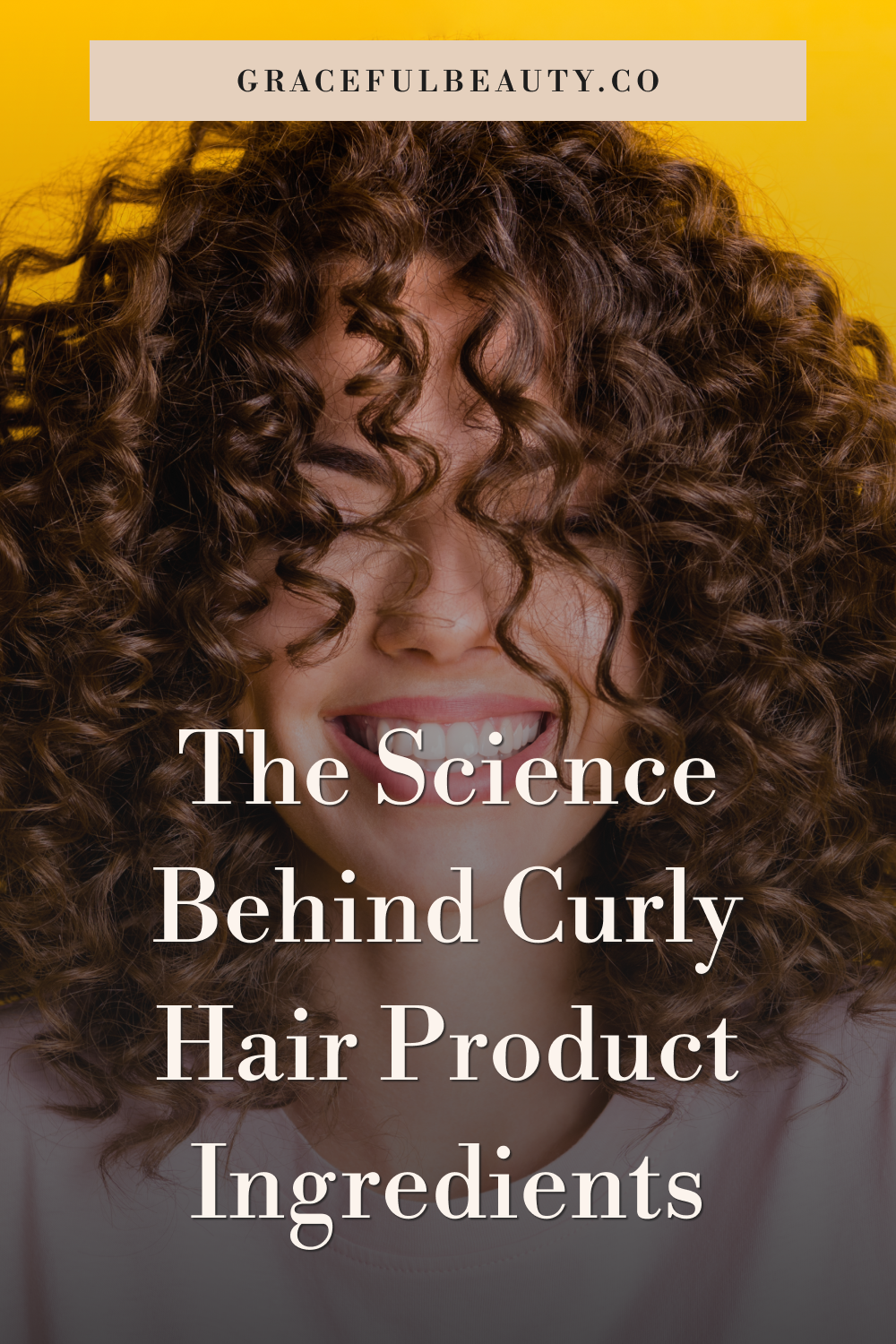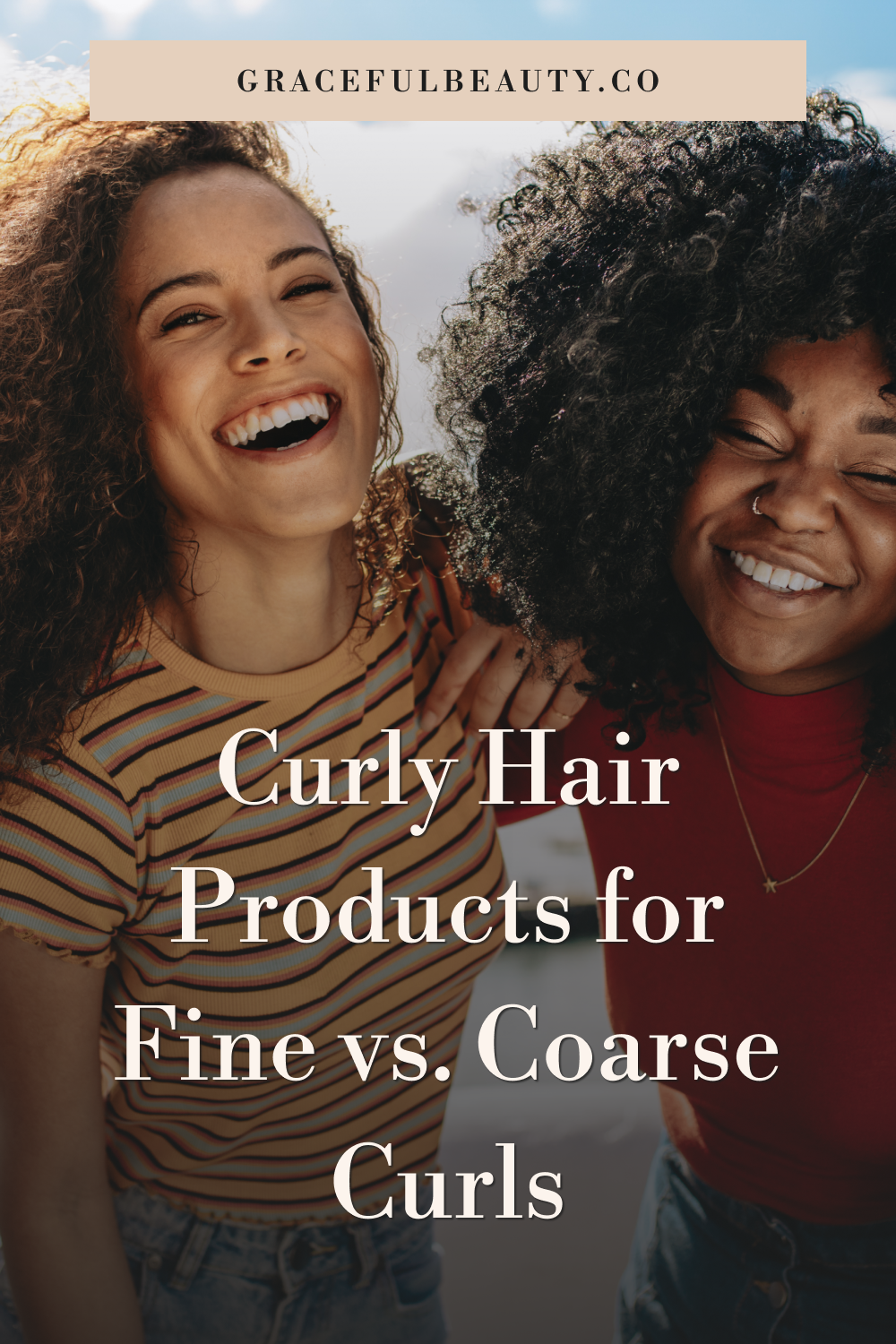
In this article, you will learn how to repair damaged hair.
We will delve into the common causes of hair damage and provide reparative steps to restore your locks to a healthier state. Mechanical damage, caused by everyday wear-and-tear, can lead to breakage and weathered cuticles. While some products can help minimize the signs of damage, severe cases may require a trim or haircut. Additionally, we’ll explore preventative measures to protect your hair from further damage, such as handling wet hair with care and using the right tools for styling.
Deep Conditioning Treatments
Deep conditioning treatments are essential for repairing damaged hair. Look for products that contain ingredients such as keratin, argan oil, and shea butter, which can help nourish and strengthen the hair. These treatments can be used once a week to provide intense hydration and repair to damaged strands.
Hair Masks
Hair masks are another great option for repairing damaged hair. These products typically contain high concentrations of conditioning ingredients that can penetrate the hair shaft and provide deep nourishment. Look for masks that target specific concerns, such as breakage, frizz, or dullness, to address your hair’s unique needs.
Leave-In Conditioners
Leave-in conditioners are convenient products that can provide ongoing protection and repair for damaged hair. They can help detangle hair, reduce frizz, and provide added moisture throughout the day. Look for leave-in conditioners that contain ingredients like coconut oil, silk protein, or vitamin E for optimal repair and protection.
Heat Protectant Sprays
If you frequently use heat styling tools, a heat protectant spray is essential for preventing further damage to your hair. These sprays create a barrier between your hair and the heat, reducing the risk of breakage and dryness. Look for products with ingredients like quinoa protein or argan oil to provide both protection and repair benefits.
Split End Treatments
For those dealing with split ends, a targeted treatment can help temporarily mend and seal the damaged ends of the hair. These products typically contain silicone-based ingredients that can smooth the hair cuticle and reduce the appearance of split ends. While they won’t permanently repair split ends, they can provide a quick fix for a smoother, healthier look.
Understanding Hair Damage
Hair damage occurs when the protective outer layer of the hair strand, known as the cuticle, is weakened or worn away, leading to loss of moisture and nutrients from the hair shaft. Signs of damaged hair can include dryness, split ends, frizz, lack of elasticity, and dullness. Common causes of hair damage encompass excessive heat styling, chemical treatments, over-washing, UV exposure, and poor nutrition. Understanding the root causes and indicators of hair damage is crucial in formulating an effective repair strategy.
What is Hair Damage?
Hair damage refers to the deterioration of the hair structure, resulting in weakened, brittle, or unhealthy hair. It is commonly caused by external factors such as heat, chemicals, and environmental stressors, as well as internal factors including diet and overall health.
Signs of Damaged Hair
Indications of damaged hair include dryness, brittleness, split ends, lack of shine, and tangles. These signs manifest the state of the hair’s health and can vary in severity depending on the extent of damage.
Common Causes of Hair Damage
Hair damage can be attributed to various factors, such as excessive use of hot styling tools, frequent exposure to chemical treatments like dyeing or bleaching, over-washing, exposure to sun and wind, and a deficiency of essential nutrients such as proteins and vitamins in the diet.
For more information on hair damage and its repair, refer How to Repair Damaged Hair.
Types of Hair Damage
Mechanical Damage and Its Effects
Mechanical damage to the hair occurs from everyday activities such as combing, brushing, and styling. Overly vigorous brushing or using the wrong types of tools can lead to hair breakage and split ends. Additionally, frequent use of tight hair accessories, like elastic bands, can cause damage to the hair shaft, leading to weakness and breakage. To prevent mechanical damage, opt for wide-tooth combs and gentle hair accessories, and avoid excessive brushing or styling.
Heat Damage and How It Happens
Heat damage is a common concern for individuals who regularly use heat styling tools like flat irons, curling irons, and blow dryers. Prolonged exposure to high temperatures can strip the hair of its natural moisture, leading to dryness, brittleness, and a lackluster appearance. To minimize heat damage, use heat protectant products and ensure that heat styling tools are set to the lowest effective temperature.
Chemical Damage from Treatments and Dyes
Chemical damage can result from various hair treatments, including coloring, perming, and straightening. The harsh chemicals in these products can weaken the hair cuticle, making the strands more susceptible to breakage and dryness. It’s crucial to consult with a professional stylist and conduct a strand test before any chemical treatment to assess how your hair will react. Additionally, using deep conditioning treatments can help mitigate the impact of chemical damage.
For more information on maintaining healthy hair, you can go to Good Housekeeping’s 12 Healthy Hair Habits You Should Adopt ASAP.
Immediate Steps to Repair Hair Damage
Trimming Split Ends
When addressing damaged hair, the first step is to trim split ends. Mechanical damage and other factors can lead to split ends, which can cause further damage if left unattended. Consistent trimming can prevent split ends from traveling up the hair shaft. It is recommended to visit a professional hairstylist for a precise trim to safeguard the overall hair health.
Choosing the Right Hair Repair Products
Selecting the right hair repair products is crucial in the repair process. Look for products containing ingredients such as keratin, biotin, and argan oil, which are known for their nourishing and strengthening properties. Additionally, products with moisturizing and hydrating elements can aid in the repair of damaged hair. Consider professional guidance or conduct thorough research to choose products that suit your specific hair type and level of damage.
Natural Remedies for Damaged Hair
Incorporating natural remedies into your hair care routine can contribute to the repair of damaged hair. Ingredients like coconut oil, aloe vera, and honey are known for their moisturizing and rejuvenating properties. These natural remedies can provide an extra boost to the repair process while minimizing exposure to potentially harmful chemicals. However, it’s important to note that natural remedies may not fully reverse severe damage and should be used in conjunction with other repair methods.
When examining the best course of action for repairing damaged hair, it is crucial to combine the immediate steps of trimming split ends, choosing the right hair repair products, and incorporating natural remedies into your hair care routine for comprehensive and effective repair.
Deep Conditioning Treatments
Benefits of Regular Deep Conditioning
Regular deep conditioning treatments offer numerous benefits for repairing damaged hair. They help to replenish moisture, improve elasticity, and strengthen the hair shaft, which leads to reduced breakage and split ends. Deep conditioning also enhances the overall health and appearance of hair by providing nourishment and hydration to the strands.
How to Choose a Deep Conditioner
When choosing a deep conditioner, it’s essential to consider your hair type and specific needs. For dry or damaged hair, look for products containing hydrating ingredients such as argan oil, shea butter, or keratin. Those with fine or oily hair may benefit from lightweight, volumizing deep conditioners. Additionally, opt for products free from sulfates, parabens, and silicones to prevent further damage and build-up.
DIY Deep Conditioning Recipes
Creating DIY deep conditioning treatments at home can be cost-effective and tailored to individual preferences. A simple yet effective recipe involves mixing coconut oil, honey, and an essential oil of choice. Another option is to combine mashed avocado, yogurt, and olive oil for a nourishing, natural deep conditioner. These homemade remedies provide deep hydration and can be beneficial for improving hair texture and manageability.
By incorporating these deep conditioning practices into your hair care routine, you can effectively nurture and repair damaged hair, contributing to healthier, revitalized locks.
Minimizing Mechanical Damage
Proper Hair Detangling Techniques
When it comes to minimizing mechanical damage to your hair, it’s crucial to use proper detangling techniques. Start by using a wide-tooth comb or a detangling brush to gently work through knots and tangles, starting from the bottom and working your way up. This method helps to prevent breakage and minimize stress on the hair shaft. Additionally, it’s important to detangle your hair when it’s damp, using a leave-in conditioner to provide slip and ease the process.
The Best Hair Ties and Accessories
Selecting the right hair ties and accessories can significantly reduce mechanical damage to your hair. Opt for scrunchies or claw clips instead of traditional elastic bands, as these are gentler on your strands and less likely to cause breakage. Avoid using accessories with metal parts that can snag and pull at your hair. Silk or satin hair accessories can also help minimize friction and reduce damage.
Protecting Your Hair from Environmental Factors
Environmental factors such as wind, sun, and pollution can contribute to mechanical damage. Consider using a wide-brimmed hat or a scarf to shield your hair from the sun and wind, especially during outdoor activities. Additionally, using a leave-in conditioner or a hair serum with UV protection can create a barrier against environmental stressors, helping to minimize damage and keep your hair healthy.
Incorporate these tips into your hair care routine to minimize mechanical damage and keep your locks looking their best.
For more detailed information on proper detangling techniques, head on over to Carol’s Daughter’s The Ultimate Guide To Detangling Natural Hair.
Reducing Heat Damage
Heat damage is a common issue that can lead to further hair damage. There are several alternatives to heat styling that can help reduce the impact on your hair. Try using hair accessories like headbands, scarves, or hair clips to create stylish looks without using heat styling tools. Additionally, braiding or twisting your hair when it’s wet can result in beautiful, heat-free waves or curls.
When heat styling is necessary, using heat protectant products is crucial. Look for products containing ingredients like dimethicone or cyclomethicone, which create a barrier between your hair and the heat. Apply the heat protectant evenly throughout your hair before using any heat styling tools to minimize the damage caused by high temperatures.
Proper blow-drying methods can also help reduce heat damage. Use a lower heat setting and keep the dryer at a safe distance from your hair. Additionally, continuously moving the dryer to prevent concentrated heat in one area can minimize the potential for damage. Consider using a diffuser attachment to disperse the airflow and reduce direct heat exposure to your strands.
Limiting Chemical Damage
Chemicals are a common cause of hair damage. Safe hair dyeing practices are essential to limit chemical damage. Opt for ammonia-free or plant-based hair dyes to minimize the harmful effects on your hair. Additionally, consider reducing the frequency of hair dyeing to lessen the exposure to chemicals.
Hair bond builders, such as Olaplex, play a crucial role in limiting chemical damage. These products work to repair and strengthen the hair’s internal structure, minimizing the impact of chemical treatments. Incorporating bond-building treatments into your hair care routine can help restore and maintain the health of your hair.
Seeking professional help for hair treatments is advisable when dealing with severe chemical damage. Trained stylists can provide tailored solutions to address specific hair concerns and minimize further damage. Consulting a professional will ensure that the most suitable treatments and products are used to repair and protect chemically damaged hair.
To reduce chemical dye and switch to henna, head on over to Reasons to Switch to Henna Dye.
Daily Hair Care Routine for Damaged Hair
Gentle Cleansing Tips
When dealing with damaged hair, it’s crucial to opt for a gentle cleansing routine. Harsh shampoos can strip the hair of its natural oils, further exacerbating the damage. Look for sulfate-free shampoos containing nourishing ingredients like argan oil or coconut oil. These help to cleanse the hair without causing additional dryness or breakage. Additionally, consider washing your hair with lukewarm water instead of hot water, as hot water can also contribute to dryness and damage.
Moisturizing Strategies
Moisturizing damaged hair is essential for restoring its health and vitality. After shampooing, apply a hydrating conditioner from mid-length to the ends of your hair, avoiding the scalp to prevent excess oiliness. Consider incorporating a weekly deep conditioning treatment to provide intense moisture and repair. Opt for products containing ingredients such as shea butter, glycerin, or keratin, which help to replenish lost moisture and strengthen the hair shaft.
Nighttime Hair Care to Prevent Damage
Protecting your hair at night can significantly contribute to its overall health and repair. Consider wrapping your hair in a silk or satin scarf or using a silk pillowcase to minimize friction and prevent breakage while sleeping. Additionally, apply a small amount of nourishing hair oil or serum to the ends of your hair before bedtime to lock in moisture and prevent split ends.
By implementing these gentle cleansing tips, moisturizing strategies, and nighttime hair care practices, you can effectively care for and repair damaged hair, promoting healthier and more resilient locks.
Long-Term Strategies for Healthy Hair
Diet and Nutrition for Hair Health
Maintaining a balanced diet rich in essential nutrients can significantly contribute to healthy hair. Proteins, such as lean meats, eggs, and legumes, are vital for hair strength and growth. Additionally, incorporating foods high in vitamins A, C, and E, as well as biotin and omega-3 fatty acids, can help nourish the scalp and promote hair health. Consuming spinach, fatty fish, sweet potatoes, and nuts can aid in maintaining lustrous locks. Ensuring adequate hydration by drinking plenty of water is also crucial for the overall health of the hair follicles.
Avoiding Harmful Hair Habits
To promote long-term hair health, it is essential to avoid harmful habits that can lead to damage and breakage. Limiting the use of heat styling tools, such as hair straighteners and curling irons, can prevent excessive damage to the hair shaft. Additionally, reducing the frequency of hair washing and minimizing the use of harsh chemical treatments can help maintain the natural oils in the scalp, preventing dryness and brittleness. Furthermore, avoiding tight hairstyles that cause tension on the hair follicles, such as tight ponytails or braids, can prevent hair breakage and traction alopecia.
Regular Salon Visits for Maintenance
Regular visits to the salon for professional maintenance can contribute to the long-term health of your hair. Scheduling periodic trims can prevent split ends and breakage, promoting overall hair health and vitality. Furthermore, consulting with a professional stylist can provide valuable insights into suitable hair care products and treatments tailored to your specific hair type and concerns. Professional hair treatments, such as deep conditioning and scalp massages, can also rejuvenate the hair and scalp, promoting long-term health and vitality.
Final Thoughts
Repairing damaged hair requires a combination of preventive measures and reparative actions. By minimizing the use of tools and embracing natural textures with the help of nourishing products, you can reduce the signs of mechanical damage. Additionally, being gentle with wet hair and opting for a suitable brush can help prevent further damage. While some damage may require a trim, adopting these practices can contribute to the overall health and vitality of your hair.


















